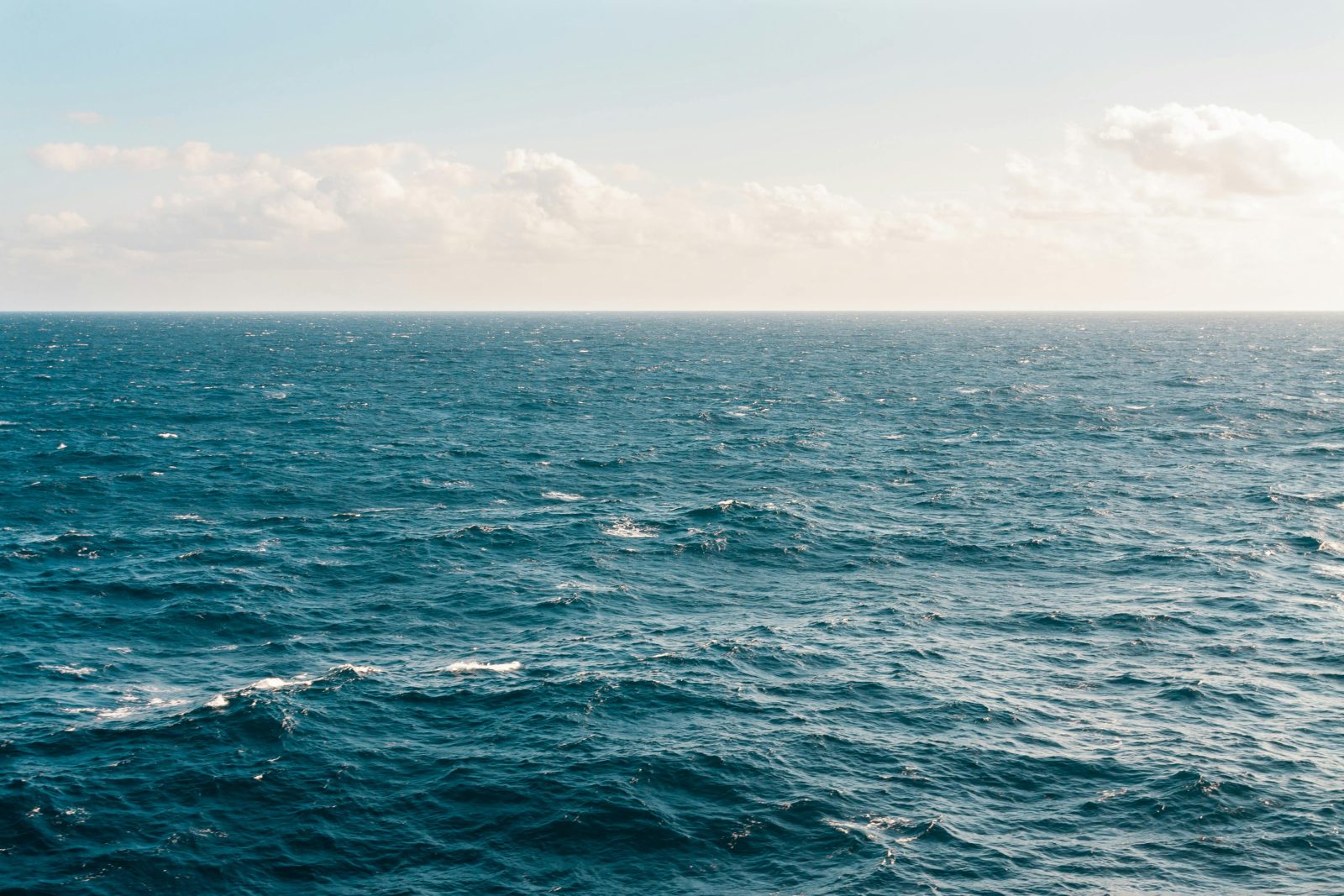The Confederated Tribes of Siletz Indians (CTSI) have received a grant of $1.56 million from the National Fish and Wildlife Foundation (NFWF) to support the return of sea otters to the coasts of Oregon and Northern California. This three-year project will help these tribes bring back an important species that once thrived in the area, playing a key role in maintaining healthy coastal ecosystems.
Background and Purpose of the Grant
The grant is part of the “America the Beautiful Challenge,” a program that involves multiple U.S. government agencies, Native American organizations, and other partners. It is supported by federal conservation funds, including the Bipartisan Infrastructure Law and the Inflation Reduction Act. This funding will allow the tribes to plan and work on the reintroduction of sea otters, an effort that could greatly benefit the region’s marine environment.
The project, called Bringing Xvlh-t’vsh Home, is not just about returning sea otters to their natural habitat. It is a chance to empower indigenous communities, allowing them to take a leading role in restoring their traditional ecosystems. Tribal leaders like Delores Pigsley, Tribal Chairman of the CTSI, are hopeful that this grant will help build the necessary skills and knowledge to successfully manage sea otter populations and ensure the well-being of the surrounding marine life.
The Importance of Sea Otters
Sea otters are essential to the health of coastal ecosystems. They are considered a keystone species, meaning they play a critical role in maintaining the balance of marine life. By feeding on sea urchins, otters help protect kelp forests, which are vital for many other species in the ecosystem. Kelp forests provide shelter and food for marine life, and they also help reduce the effects of ocean acidification, a major concern due to climate change.
However, sea otters have been absent from Oregon for over a century. During the 1700s and 1800s, they were hunted nearly to extinction because of their valuable fur. The absence of otters has led to a significant decline in kelp forests, as sea urchins, which are not controlled by otters, have overgrazed on the kelp. This has resulted in “urchin barrens,” areas of the seafloor that are barren and devoid of the rich marine life that once thrived in these ecosystems.
Collaboration with Other Tribes and Partners
The CTSI’s efforts will be supported by several other tribes and local partners, including the Confederated Tribes of the Coos, Lower Umpqua, and Siuslaw Indians (CTCLUSI), the Yurok Tribe, and the Tolowa Dee-ni’ Nation (TDN). These tribes will work together to create a plan for the reintroduction of sea otters and address key issues such as potential conflicts with the fishing industry and other local stakeholders.
The project will also focus on building support for the return of sea otters among local communities. It will involve scientific studies and socio-economic assessments to determine the best locations for reintroducing otters and to understand how these changes could affect local industries such as fishing and shellfish harvesting.
Challenges and Opportunities
While the return of sea otters offers many environmental benefits, it also comes with challenges. For example, there may be concerns from fishermen who could face restrictions to protect the otters. The federal government has already recognized the need to carefully balance the ecological and economic impacts, and a feasibility study has shown that the benefits of sea otter reintroduction outweigh the potential drawbacks.
In addition to restoring kelp forests and improving marine life, sea otter reintroduction could help reduce the effects of climate change. Growing kelp and seagrass forests is beneficial for trapping carbon dioxide from the atmosphere, helping to fight global warming.
The Path Forward
The reintroduction of sea otters to Oregon’s coast is a long-awaited goal for many tribes and environmentalists. In 2024, leaders of two federally recognized tribes sent a letter to U.S. Secretary of the Interior Deb Haaland, urging the government to take action and set a timeline for the reintroduction. The CTSI and CTCLUSI believe that bringing sea otters back will help restore balance to the marine ecosystem and is a critical step in environmental and cultural reconciliation.
The U.S. Fish and Wildlife Service has already begun holding meetings and consultations with local communities, and the tribes are optimistic that the sea otter reintroduction will soon become a reality. This project not only brings back an important species but also helps reconnect indigenous peoples with their cultural heritage and traditions linked to the land and sea.
Conclusion
The return of sea otters to the Oregon and Northern California coasts is a vital step in restoring marine ecosystems that have been damaged over time. With the support of this grant, the Confederated Tribes of Siletz Indians and their partners are moving forward with a plan that will benefit both the environment and local communities. Through collaboration and careful planning, the return of sea otters could help restore balance to coastal ecosystems, making them healthier for generations to come.
(Source : newsbreak.com)













Leave a Reply